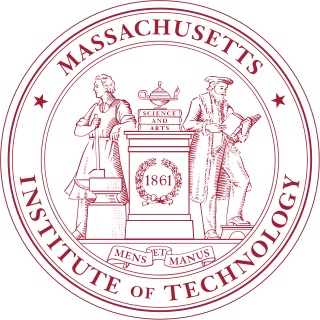
The Massachusetts Institute of Technology (MIT) is a private land-grant research university in Cambridge, Massachusetts. Established in 1861, MIT has played a significant role in the development of many areas of modern technology and science.

Computer Science and Artificial Intelligence Laboratory (CSAIL) is a research institute at the Massachusetts Institute of Technology (MIT) formed by the 2003 merger of the Laboratory for Computer Science (LCS) and the Artificial Intelligence Laboratory. Housed within the Ray and Maria Stata Center, CSAIL is the largest on-campus laboratory as measured by research scope and membership. It is part of the Schwarzman College of Computing but is also overseen by the MIT Vice President of Research.
Draper Laboratory is an American non-profit research and development organization, headquartered in Cambridge, Massachusetts; its official name is The Charles Stark Draper Laboratory, Inc. The laboratory specializes in the design, development, and deployment of advanced technology solutions to problems in national security, space exploration, health care and energy.

Charles Stark "Doc" Draper was an American scientist and engineer, known as the "father of inertial navigation". He was the founder and director of the Massachusetts Institute of Technology's Instrumentation Laboratory, later renamed the Charles Stark Draper Laboratory, which made the Apollo Moon landings possible through the Apollo Guidance Computer it designed for NASA.

The MIT Lincoln Laboratory, located in Lexington, Massachusetts, is a United States Department of Defense federally funded research and development center chartered to apply advanced technology to problems of national security. Research and development activities focus on long-term technology development as well as rapid system prototyping and demonstration. Its core competencies are in sensors, integrated sensing, signal processing for information extraction, decision-making support, and communications. These efforts are aligned within ten mission areas. The laboratory also maintains several field sites around the world.

Jerome Bert Wiesner was a professor of electrical engineering, chosen by President John F. Kennedy as chairman of his Science Advisory Committee (PSAC). Educated at the University of Michigan, Wiesner was associate director of the university's radio broadcasting service and provided electronic and acoustical assistance to the National Music Camp at Interlochen, Michigan. During World War II, he worked on microwave radar development at the MIT Radiation Laboratory. He worked briefly after the war at the Los Alamos National Laboratory, then returned to MIT's Research Laboratory of Electronics from 1946 to 1961. After serving as Kennedy's science advisor, he returned to MIT, becoming its president from 1971 to 1980.

Hans Michael Mark was a German-born American government official who served as Secretary of the Air Force and as a Deputy Administrator of NASA. He was an expert and consultant in aerospace design and national defense policy.
The MIT Museum, founded in 1971, is located at the Massachusetts Institute of Technology in Cambridge, Massachusetts. It hosts collections of holography, technology-related artworks, artificial intelligence, architecture, robotics, maritime history, and the history of MIT. Its holography collection of 1800 pieces is the largest in the world, though only a few selections from it are usually exhibited. As of 2023, works by the kinetic artist Arthur Ganson are the largest long-running displays. There is a regular program of temporary special exhibitions, often on the intersections of art and technology.

The Universities Space Research Association (USRA) was incorporated on March 12, 1969, in Washington, D.C. as a private, nonprofit corporation under the auspices of the National Academy of Sciences (NAS). Institutional membership in the association currently stands at 113 universities. All member institutions have graduate programs in space sciences or technology. Besides the 98 member institutions in the United States, there are two member institutions in Canada, four in Europe, two in Israel, one in Australia and one in New Zealand, one in Hong Kong, two in Korea and two in the United Kingdom.
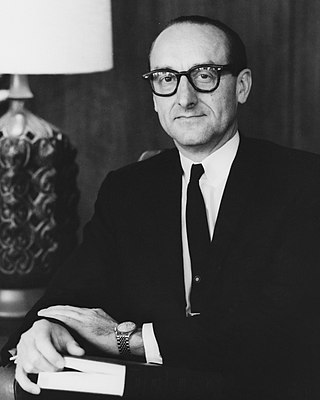
George Edwin Mueller, was an American electrical engineer who was an associate administrator at NASA, heading the Office of Manned Space Flight from September 1963 until December 1969. Hailed as one of NASA's "most brilliant and fearless managers", he was instrumental in introducing the all-up testing philosophy for the Saturn V launch vehicle, which ensured the success of the Apollo program in landing a man on the Moon and returning him safely to the Earth by the end of 1969. Mueller also played a key part in the design of Skylab, and championed the Space Shuttle's development, which earned him the nickname, "the father of the Space Shuttle."

Robert Channing Seamans Jr. was an MIT professor who served as NASA Deputy Administrator and 9th United States Secretary of the Air Force.

Building 20 was a temporary timber structure hastily erected during World War II on the central campus of the Massachusetts Institute of Technology. Since it was always regarded as "temporary", it never received a formal name throughout its 55-year existence.
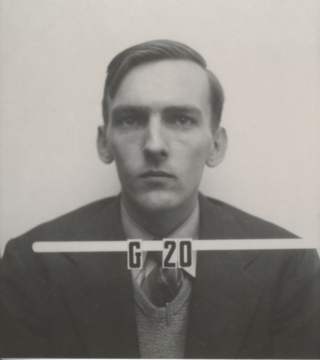
Matthew Linzee Sands was an American physicist and educator best known as a co-author of the Feynman Lectures on Physics. A graduate of Rice University, Sands served with the Naval Ordnance Laboratory and the Manhattan Project's Los Alamos Laboratory during World War II.
Albert Gordon Hill (1910-1996) was a physicist. He was a key leader in the development of radar in World War II, director of the MIT Lincoln Laboratory development of the electronic Distant Early Warning and SAGE continental air defense systems, and first chairman of The Charles Stark Draper Laboratory. He died in 1996.
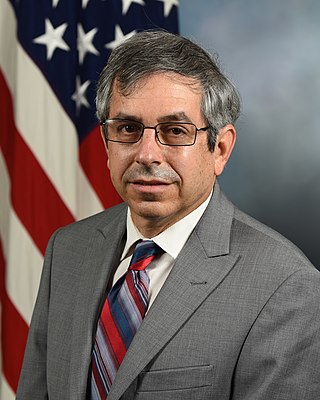
Ulfila Mark J. Lewis is a senior American aerospace and defense executive with special expertise in hypersonics. He is currently the Executive Director of the National Defense Industrial Association's Emerging Technologies Institute, following his role in the second half of 2020 as the acting US Deputy Under Secretary of Defense for Research and Engineering, and before that the Director of Defense Research and Engineering for Modernization. He was the Chief Scientist of the U.S. Air Force, Washington, D.C. from 2004 to 2008 and was the longest-serving Chief Scientist in Air Force history. He served as chief scientific adviser to the Chief of Staff and Secretary of the Air Force, and provided assessments on a wide range of scientific and technical issues affecting the Air Force mission. In this role he identified and analyzed technical issues and brought them to attention of Air Force leaders, and interacted with other Air Staff principals, operational commanders, combatant commands, acquisition, and science & technology communities to address cross-organizational technical issues and solutions. His primary areas of focus included energy, sustainment, long-range strike technologies, advanced propulsion systems, and workforce development.
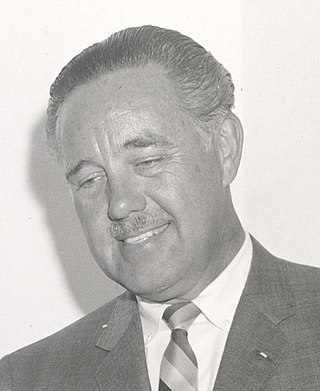
Winston Edward Kock was an American electrical engineer and musician, who was the first Director of NASA Electronics Research Center in Cambridge, Massachusetts, from September 1, 1964, to October 1, 1966. The center was created for multidisciplinary scientific research, its proximity to certain colleges, its proximity to a local U.S. Air Force research facility, and was perceived as part of the nation's cold war effort.

Aprille J. Ericsson is an American aerospace engineer currently serving as the assistant secretary of defense for science and technology. Ericsson is the first African-American woman to receive a Ph.D. in mechanical engineering from Howard University and the first African-American woman to receive a Ph.D. in engineering at the National Aeronautics and Space Administration (NASA) Goddard Space Flight Center (GSFC).

Technology Square, nicknamed Tech Square, is a commercial office building complex in the Port neighborhood of Cambridge, Massachusetts, immediately adjacent to the campus of the Massachusetts Institute of Technology (MIT), which is one of the most prestigious colleges in the world.
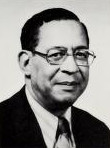
Louis Wright Roberts was an American microwave physicist. In the 1960s, he was the chief of the Microwave Laboratory at NASA's Electronics Research Center. In the 1970s and 1980s he worked at the United States Department of Transportation's John A. Volpe National Transportation Systems Center, beginning in senior research positions and ultimately becoming the director of the center. His research focused on optics and microwave engineering.
















